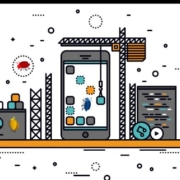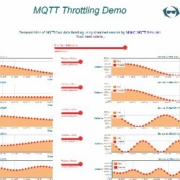The role of mobile apps in the currently thriving modernized setup has acquired an imperative stature. It is primarily to enhance the scale of convenience both at the consumer and enterprise-level that mobile apps have grown to become a major hit!
For the success of any software or application, there are different stages of testing. App quality is the foremost factor that predicts the success of a particular mobile application. Over the years, mobile app testing trends have shown serious variations. The sole reason for this shift can be attributed to the rising count of mobile devices.









